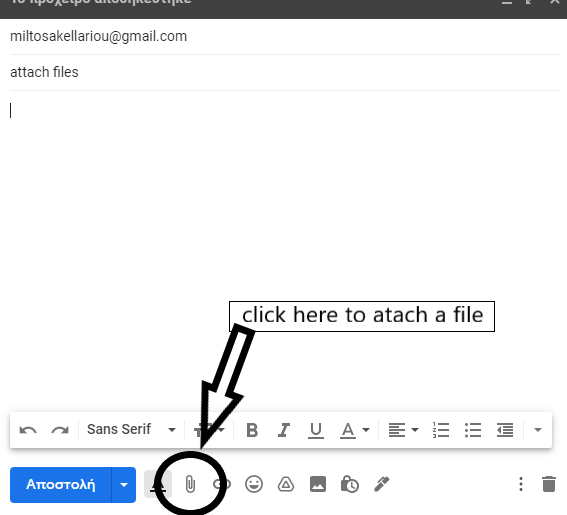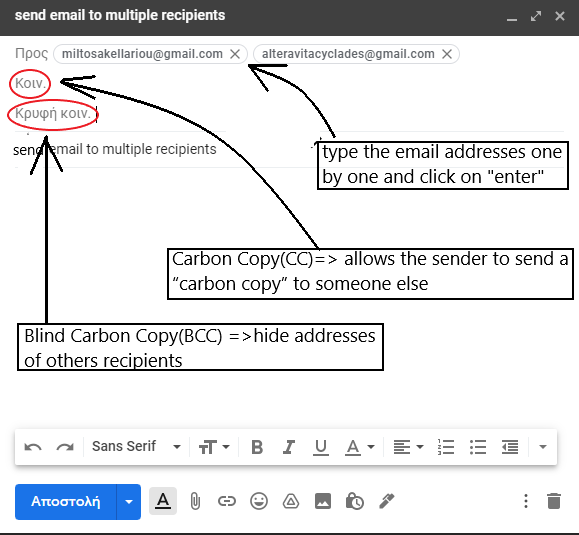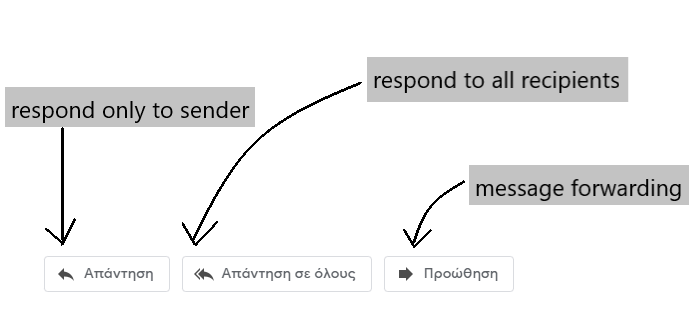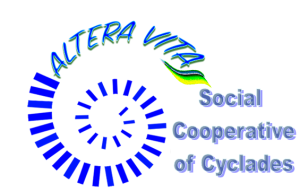1.5.1 I can apply the basics of email etiquette (e.g. use of BCC, forwarding etc.)
Basics of email etiquette:
Netiquette is a combination of the words network and etiquette and is defined as a set of rules for acceptable online behavior.
Here are some standard rules to follow in regard to both personal and professional e-mail conduct:
1. Address your recipient accordingly. Double, triple-check that you have the correct spelling of the recipient’s name and their corresponding title. Making name and title mistakes are easy to do but may offend your recipient and make them disinterested in what you have to say.
2. Use proper salutations and closing statements. Веfоrе уоu click thе “send” button, fіrst check іf уоur e-mail hаs а courteous greeting аnd closing. This shows thаt уоu respect уоur reader аnd thаt уоu аrе sincere аbоut уоur intention.
3. Format appropriately. The key іs іn thе details. Your e-mail should be organized, easy to read and grammatically correct. If you are misspelling words in your e-mails, people will notice and it can hurt your reputation and credibility.
Also, refrain from using unprofessional font styles and use abbreviations, italicizing, bolding and underlining sparingly.
4. Avoid ALL CAPS. Writing in all capitals may convey that you are shouting at your reader, and no one likes to be yelled at. All capitals can easily be misinterpreted – plus there are plenty of ways to get your message across while communicating its importance.
5. Compress large files. Practice proper etiquette not only in the context of the e-mail but when sending attachments as well. Documents, pictures, and videos are easier to download and open when compressed, due to their smaller file size. If you must send more than one attachment at a time, consider condensing all of the files into a zip drive.
An email attachment is a file that one person sends to another with an accompanying email. Its purpose is usually to enhance the value or benefit that the email offers the reader by providing additional content that you can't express in the body of the email.
CC, in its full form, stands for Carbon Copy, a function that allows you to send a single email to multiple contacts. It is often used to keep colleagues and clients in the loop, especially when you want to share information but you don't necessarily need a reply.
BCC stands for “blind carbon copy.” Unlike with CC, no one but the sender can see the list of BCC recipients.
Email forwarding generically refers to the operation of re-sending an email message delivered to one email address to one or more different email addresses. Keep in mind, that you should avoid forwarding any email that is not meant to be forwarded or that may bother the recipient.
Source: https://www.webroot.com/us/en/resources/tips-articles/netiquette-and-online-ethics-what-are-they
https://genesishrsolutions.com/peo-blog/5-golden-rules-of-email-etiquette/

COPY CARBON(CC), BLIND COPY CARBON(BCC)

REPLY, REPLY ALL, FORWARDING

